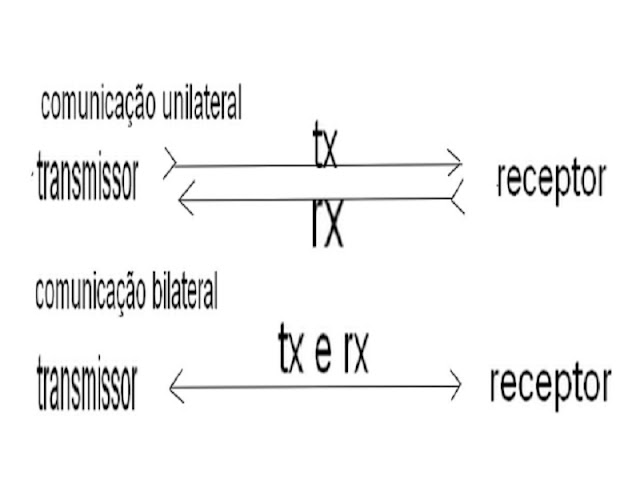in this article you will learn :
- the basic of digital communication
- How is data stored in memories?
- Types of digital communication
- How are the components communication of ECU ?
We find in the digital block of the electronic injection modules , an extremely important component, memories. The engine's operating parameters are stored in these components, as well as confidential data , such as the immobilizer password. We can then, using special tools read these data, and even reprogram those data into the memories, since they are already programmed at the factory. For a better understanding, we will study a little about digital electronics, data storage and communication.
Current ecus uses a powerful digital, communication and data storage system, so it is important to address such digital systems. The term digital is used in electronics to represent logic levels, 1 and 0 Through these levels or digits, communications are made between machines, computers, TV and many other systems.
In our case, the communication between the ecus and its internal
components is also digital, called serial communication , it is the zeros and
ones that do all the work. Many wonder how zeros and ones can read, write and
count, with just two digits. not intriguing? This is possible through bits and
bytes and training codes.
The bit is nothing more than a digit, which can be 1 or 0, the sum of 8
of these bits, forms 1 byte, this byte , within a special code, can form any
number, letter or character.
The most used code for encoding and decoding the bytes and the ASCII
which in the original language means american standard code for information
interchange , which in Portuguese means standard american code for information
exchange.
Examples
00 00 0011 = 3
00 00 0111 = 7
0100 0001 = the upper case
0110 0001 = the lower case
With the examples we can conclude that the ascii code can write any letter, number or character. It is not necessary for our learning, a deep knowledge of the ascii code, because what we need is only to understand how phrases and numbers are written with only zeros and ones.
With the codes understood, we will start data storage. This storage is made in memories, in a platonic way, the memory can be compared with a huge building with several windows, each window represents a bit, and the sum of eight windows form a byte. imagine then that each window lit, represents the high logic level, or 1, and the deleted ones, the low logic level, or 0.
Each window in the building has an address, as in memories, this address is formed by predefined coordinates, for example, imagine that the building has 20 floors, and each floor has 32 windows, so compared to the memory each floor has 4 bytes of 8 bits each.
Imagine now that I ask you to tell me which number, letter or character has the second byte of the building, then you will look at the top floor of the building, and start counting the logical levels from the ninth window on the twentieth floor, then to write down the sequence of levels and compare with the Asian code you will have the answer.
The same happens with the ECUs processor, when receiving a read instruction, the processor fetches the data from the address described in this instruction, the same thing happens for writing data.
With the communication between the ECUs and its internal components it is not very different, the data are transmitted and received in serial form, that is, one by one. The physical lines, which make this communication, can have two definitions, which are:
UNILATERAL COMMUNICATION
It is common to find this type of communication in the internal
circuits of the ECUs, because with unilateral communication , two transmission
lines are needed, the data sending line, which has the acronym TX, and the
receiving line, with the acronym RX.
The data is sent by TX and received by RX, it has the advantage of the possibility of simultaneous communication, without the need for the TX line to be disabled for sending the RX line, thus increasing the processing speed. As a disadvantage we can mention the need for two physical lines, copper tracks, wires, connectors, etc. These two lines are interconnected to all microcontroller ICs (integrated circuits), that is, ICs that has the capacity to process logical information.
The main processor then manages all communication , where each instruction has its destination programmed, example:
Imagine that in a room of a doctor's office, expect five people, each
person has a name, and of course, so when the doctor calls one of the five, the
distinction is made by the name, we understand then that everyone heard the
call, but only The person corresponding to the name called out spoke up and
carried out the orders given by the doctor.
The same happens with serial communication, everyone receives the message, but only the correspondent interacts with it.
BILATERAL COMMUNICATION
Bilateral communication is more used in
external communications between ECUs, as it makes the cost of the project
viable, requiring only one physical line of data. The vehicle diagnostic line is
an example of a bilateral communication line. Communication takes place in the
same way as unilateral communication, but when the line is busy to transmit
data, or is being occupied by TX, RX will have to wait for the end of the
message to use the line.





